14 Things You Will Never Regret Doing In Your Dog’s Twilight Years
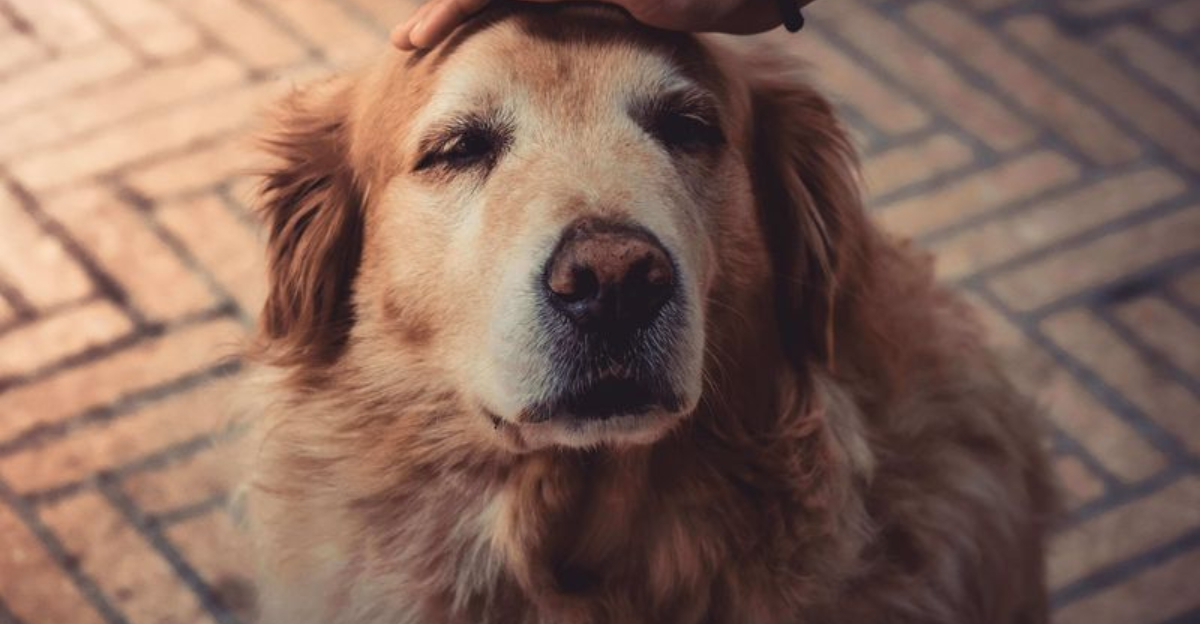
Watching our furry friends grow old can be bittersweet. Their silver muzzles and slower steps remind us that our time together is precious.
As your dog enters their golden years, there are special ways to make this chapter meaningful for both of you. Here are thoughtful actions that will create lasting memories and comfort for your aging companion.
1. Create A Bucket List Adventure
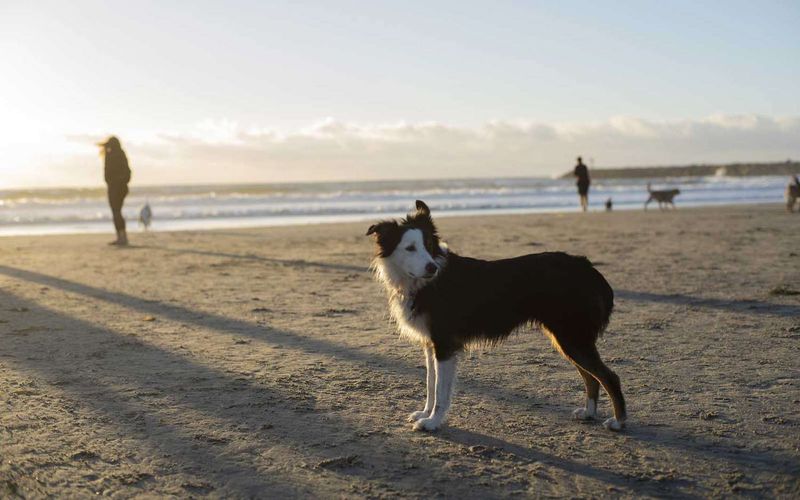
Dogs love new experiences, even in old age. Make a list of dog-friendly places your companion hasn’t visited yet – beaches, parks, or mountains – and plan mini adventures together.
These outings don’t need to be strenuous. Short trips to smell new scents and see different sights will brighten their days. The joy in their eyes during these special moments will stay in your heart forever.
2. Capture Professional Photos
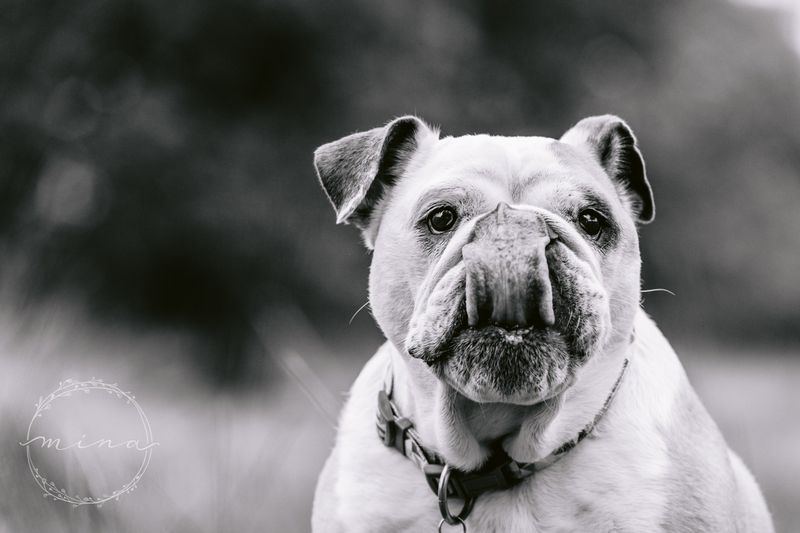
Schedule a professional photoshoot to preserve your dog’s personality and spirit. A skilled photographer can capture the wisdom in those aged eyes and the sweetness of their gray muzzle.
These images become priceless treasures after they’re gone. Include yourself in some pictures too – the bond between you is what makes these photos truly special. Many photographers now specialize in pet sessions, especially for senior dogs.
3. Adjust Their Diet For Comfort
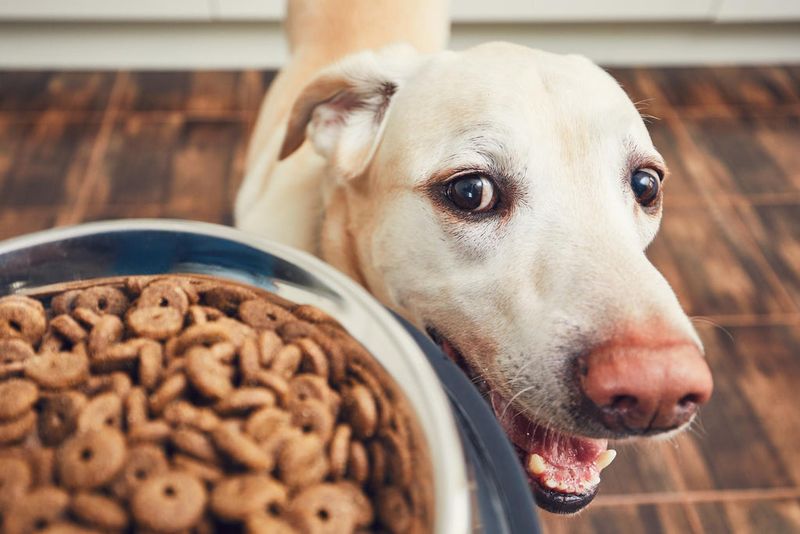
As dogs age, eating can become difficult. Warm their food slightly to enhance aromas, or add low-sodium broth to kibble for easier chewing. Smaller, more frequent meals might be gentler on their digestive system. Talk with your vet about supplements for joint health and pain management.
The right nutrition can dramatically improve quality of life. Your efforts to make mealtime comfortable will be rewarded with the continued pleasure they take in eating.
4. Create Comfortable Resting Spots
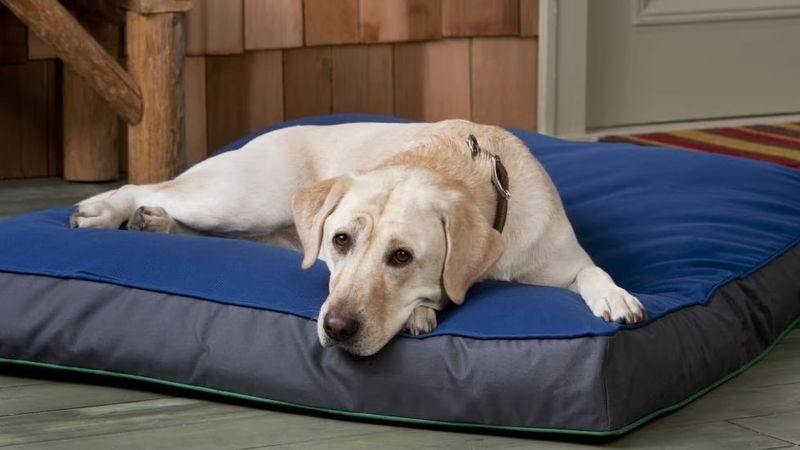
Older dogs spend more time resting, so invest in orthopedic beds for every room you frequent. Memory foam provides relief for achy joints, while raised edges offer head support.
Place these beds near windows where they can soak up sunshine and watch outdoor activities. Add steps or ramps to help them reach favorite furniture or your bed. The contented sighs as they settle into these cozy spots will let you know you’ve made the right choice.
5. Give Gentle Massages
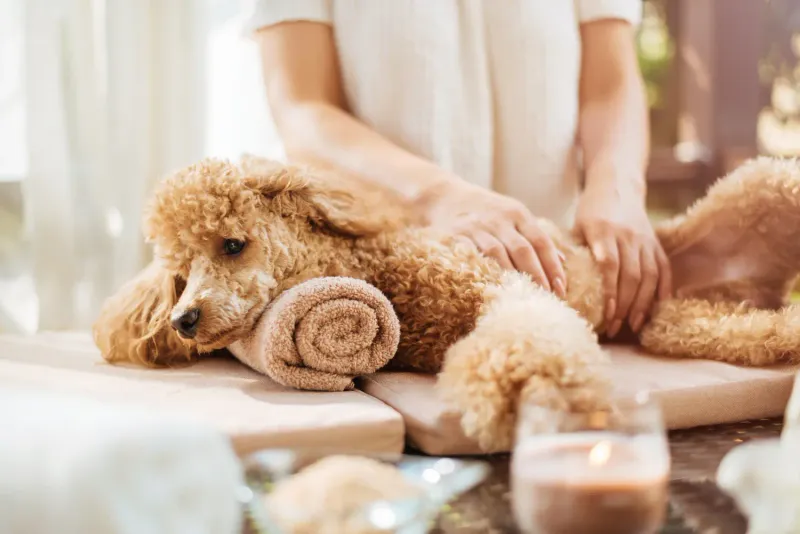
Your touch has healing power. Learn basic massage techniques specifically for senior dogs to ease stiff muscles and arthritic joints. Gentle circular motions around hips and shoulders can provide tremendous relief. These quiet moments strengthen your bond while improving their circulation and mobility.
Watch their body language to ensure your pressure is comfortable. Many dogs close their eyes in pure bliss during these special massage sessions.
6. Record Their Unique Sounds

Every dog has distinctive vocalizations – their particular bark, unique grumble, or special greeting when you come home. Use your phone to capture these sounds while you still can. Record their paws clicking across the floor or their contented sighs during belly rubs.
These audio memories will become incredibly precious later. Many owners find these sound recordings especially comforting after their pets have passed.
7. Maintain Modified Exercise Routines

Movement remains vital, even when joints get creaky. Replace long walks with shorter, more frequent strolls that allow plenty of sniffing time. Swimming offers wonderful low-impact exercise if your dog enjoys water. Gentle play sessions keep their mind active while protecting their body.
The mental stimulation from exploring new paths, even slowly, brings joy to older dogs. Their wagging tail during these activities shows how much they still treasure this time with you.
8. Host A Senior Dog Party

Celebrate your dog’s life while they can enjoy the attention! Invite their favorite human and canine friends for a relaxed gathering with senior-friendly treats and activities.
Take lots of photos and create a guest book where visitors can write memories or messages. This celebration honors their place in your life and community. The joy of being surrounded by those who love them will shine through any physical limitations.
9. Create Pawprint Art

Preserve their unique pawprint in clay, plaster, or paint. Pet-safe ink pads make it easy to create frameable prints or greeting cards. Some artists can transform pawprints into custom jewelry or keepsakes. These tangible reminders of their presence become treasured mementos.
Children especially connect with this activity, helping them process the eventual loss. The physical impression of their paw captures something wonderfully unique about your companion.
10. Schedule Regular Wellness Checks
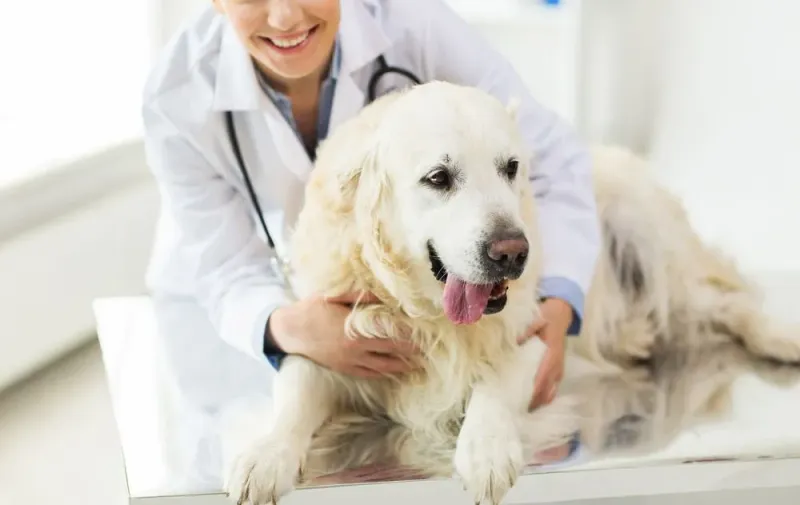
Older dogs benefit from more frequent veterinary visits. Many issues can be managed effectively when caught early. Find a vet experienced with geriatric pets who takes time to answer questions. Create a symptom journal to track subtle changes in behavior, appetite, or mobility between appointments.
This information helps your vet provide better care. The peace of mind from proactive healthcare lets you focus on enjoying your time together rather than worrying.
11. Adapt Your Home For Accessibility
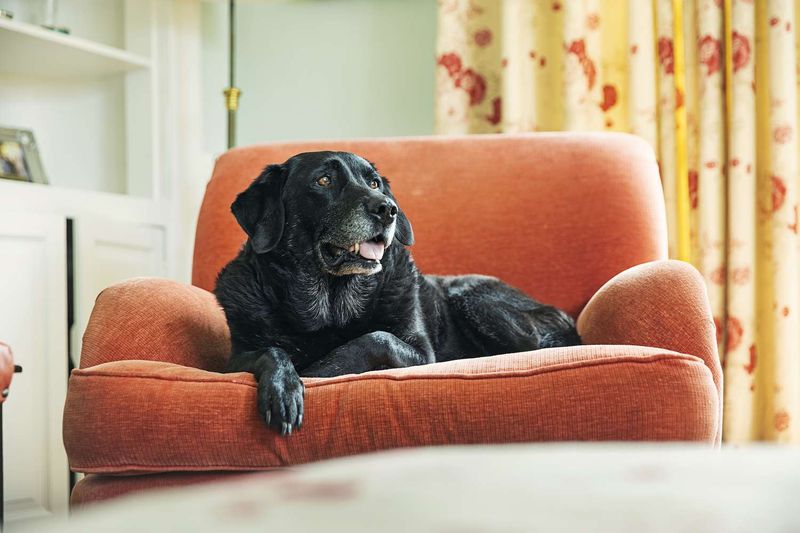
Small modifications make a huge difference for aging dogs. Place non-slip rugs on slippery floors to prevent falls. Install night lights to help dogs with dimming vision navigate after dark. Ramps to favorite furniture or outdoor steps maintain independence.
Elevated food bowls reduce neck strain during meals. These thoughtful changes allow your senior companion to maintain dignity and continue routines they love despite physical limitations.
12. Write Them Letters
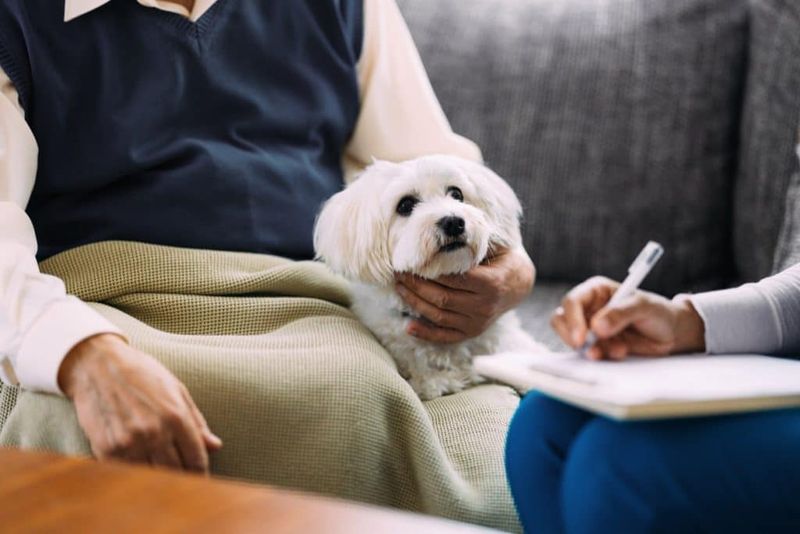
Pour your heart onto paper. Write about favorite memories, the ways they’ve changed your life, and what they mean to you. Read these letters aloud – dogs respond to your voice even if they don’t understand every word.
This practice helps process your emotions while creating a beautiful record of your relationship. Many find this therapeutic during the grieving process later. The simple act of expressing your love reinforces how much this companionship has enriched your life.
13. Establish A Consistent Routine
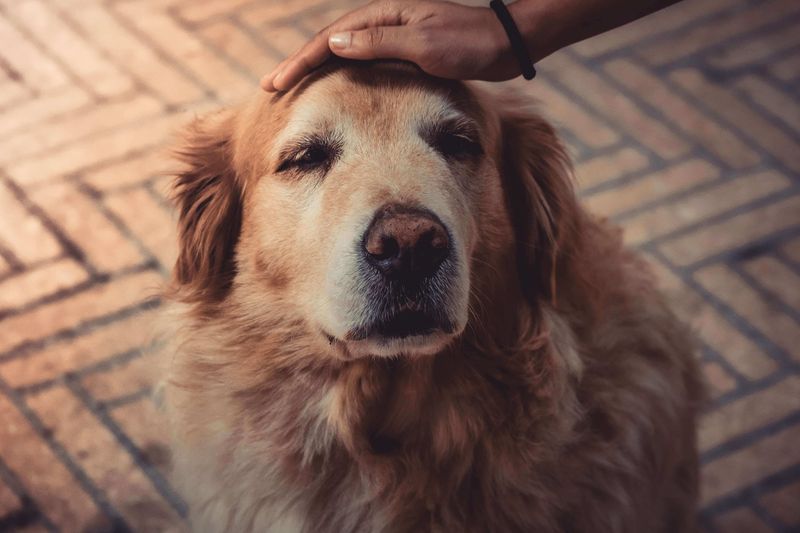
Predictability brings comfort to senior dogs, especially those experiencing cognitive changes. Regular mealtimes, bathroom breaks, and sleep schedules reduce anxiety and confusion. Use verbal cues consistently to help dogs with failing senses understand what’s happening.
A stable routine provides security when their world becomes more challenging to navigate. The relief in their body language when they can anticipate what comes next is immediately noticeable.
14. Find Support Communities
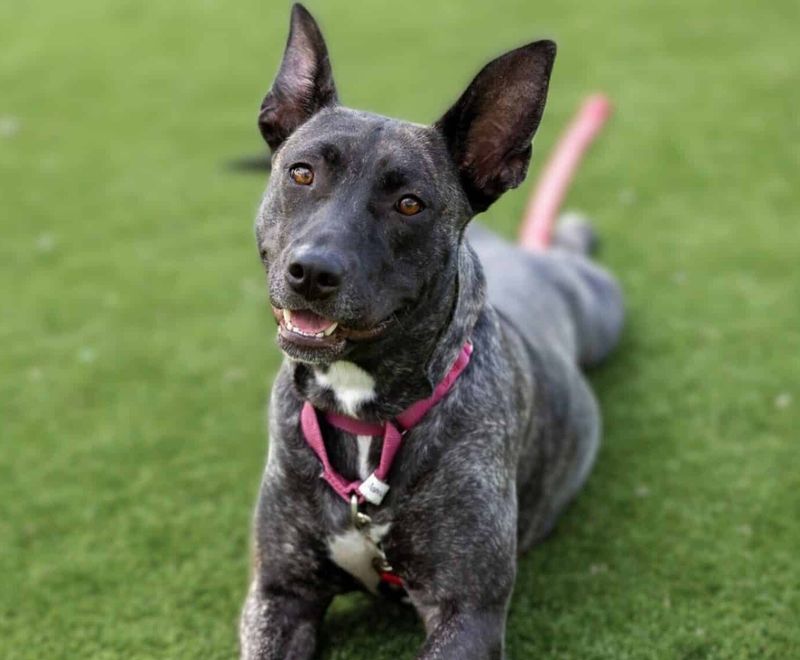
Connect with others caring for aging dogs through online groups or local meetups. These communities offer practical advice, emotional support, and understanding that general pet forums might lack. Sharing experiences reduces isolation during this challenging phase.
Fellow senior dog owners can recommend specialists, adaptive equipment, or coping strategies. The collective wisdom of those walking the same path provides comfort and practical solutions you might not discover alone.






